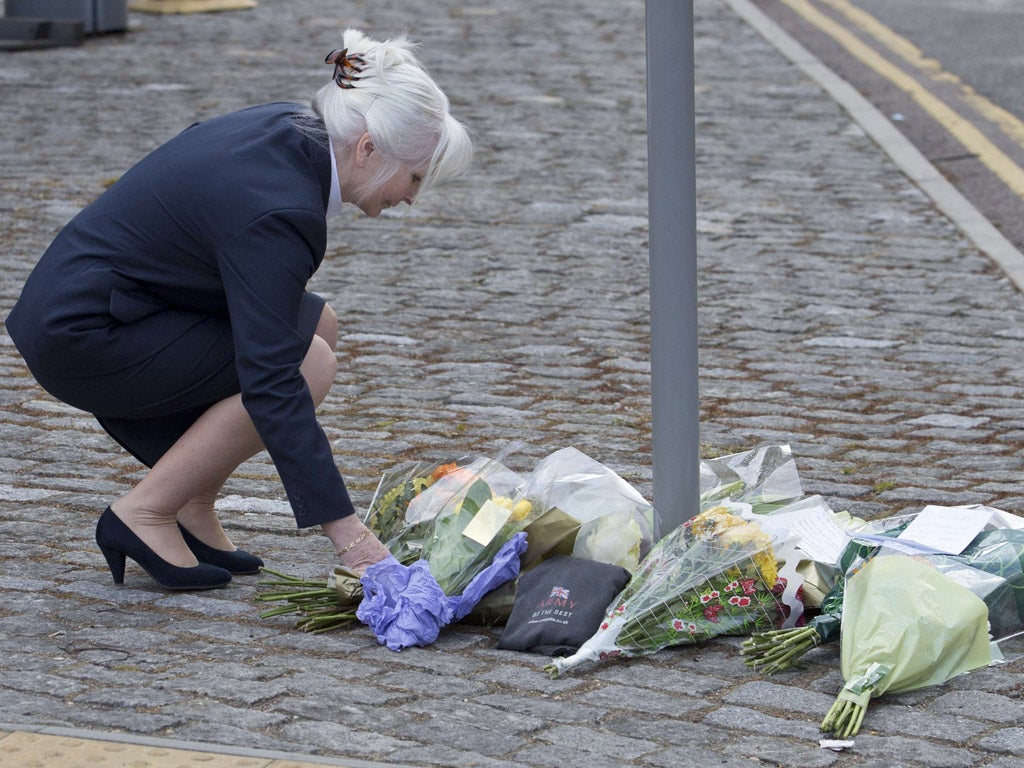Editor's Letter: Images of Woolwich suspects were used in public interest
Dreadful and distressing as they were, reproducing the photographs undeniably served a public purpose


On Wednesday, at our afternoon editorial conference I was contemplating a hum-drum splash for the following day, that the IMF was critical of George Osborne’s economic policy.
Unknown to us was that in Woolwich a serving soldier had been brutally murdered in the street and his terrorist attackers shot by the police. But, soon after the meeting, once the full horror of Lee Rigby’s death became known, it swamped everything else.
Then, later, a new dimension kicked in – it transpired his killers hung around, encouraging passers-by to photograph them and one even gave an impromptu interview. As a rule, we avoid showing clearly identifiable dead bodies out of concern for the family and friends of the deceased. There’s nobody who says we can’t, but as with other news organisations, we tend not to.
This, however was different. Here we had one of the suspects spouting a twisted justification to the camera phone, his hands covered in blood, still clutching a cleaver and knife.
Usually, in such circumstances, we would not show the picture to avoid the possibility of upsetting criminal proceedings. But in this instance, there was no attempt to hide – quite the reverse. It would be impossible for him to argue his trial had been prejudiced.
What about his hands and the sensitivity of displaying the victim’s blood? And should we repeat his words, possibly in the main front-page headline?
Other papers chose the latter, but I admit, I drew back. It seemed to me that all we were doing was giving a murderer the publicity he craved. Instead, I chose the response of Boris Johnson as the splash heading: “Sickening, deluded and unforgivable.”
We did, though, run the suspects’ pictures. And this did make some readers angry.
I am sorry that it did. As I said, I did not take the decision lightly. I considered both the potential impact on the family and friends of the victim, and the question of providing publicity to the suspects.
Ultimately, however, I felt that showing the images of the two men, calmly promulgating their politicised messages after committing an act of remarkable savagery in a public place, was an important means of conveying the true, appalling nature of the incident.
Dreadful and distressing as they were, reproducing the photographs undeniably served a public purpose. Sadly, the slaying of Lee Rigby was not an ordinary assault culminating in his death. Its ramifications would be experienced far and wide.
Rest assured, we remain conscious of the need for proportionate and responsible reporting, and that includes covering heart-breaking scenes if it is in the public interest.
Join our commenting forum
Join thought-provoking conversations, follow other Independent readers and see their replies
Comments